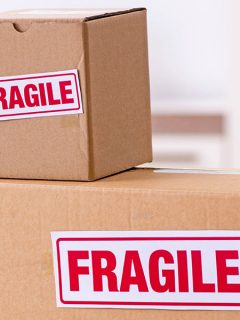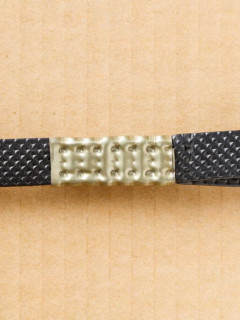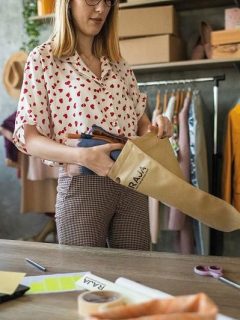“How does plastic packaging fit into our future?” A simple question whose answer has many faces. In early 2019, the European Commission therefore proposed the Plastic Strategy. The starting point is to ensure that 55% of all plastic packaging can be recycled by 20301. Linked to this, the use of disposable plastics and microplastics should be reduced. What does the Plastic Strategy look like in detail and does it affect your business?
1. The circular economy: back to the beginning
The EU’s Plastic Strategy fits into a much broader policy, that of the circular economy. The following rule is central to this: “today’s waste becomes tomorrow’s resources“. A circular economy starts at the very beginning of a product’s life cycle. Better design makes products more sustainable and easier to recycle.
A number of raw materials are already very well recycled today, just think of paper, glass or metal. Plastic, however, often falls by the wayside. Yet it is one of the most widely used materials in our economy. Every year, around 26 million tonnes of plastic waste are produced in the EU, less than 30% of which is collected for recycling.
With the ‘Closing the loop‘ action plan, the EU wants to pave the way for change. The European Commission is thereby initiating the transition from a linear to a circular economy. The main action points on plastics are:
► The introduction of the Plastic Strategy: by 2030, all plastic packaging must be reusable.
► Tackling the use of disposable plastics to reduce pollution.
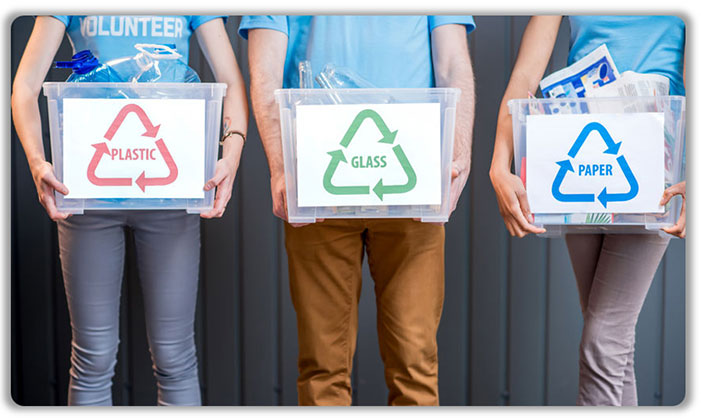
- Plastic is the best material for keeping food fresh for longer. As a result, it helps significantly reduce our food waste mountain.
- Plastic is very light. As a result, it reduces CO2 emissions when transporting goods.
- Plastic is more resistant to aggressive substances. You will therefore have to replace it less quickly than similar products in paper or cardboard. In other words, the reusability of plastic is much higher.
2. The Plastic Strategy: the future of our packaging
To shape the idea of a circular economy, the European Commission designed the Plastic Strategy2. According to this approach, the majority of plastic packaging should be reusable or recyclable by 2030. How does Europe intend to achieve this?
► First, it wants to increase the share of recycled components in new products, to 10 million tonnes by 2025. To implement this, more attention will be paid to the end-of-life phase during the design of new packaging. So how do you make packaging more reusable at the end of the line? Within this story, oxo-degradable plastics and EPS (polystyrene foam) will be added to the list of banned plastics by 2020.
► Secondly, we need to put more effort into developing sustainable alternatives to plastic products and packaging. For many plastic applications, good alternatives already exist, just think of variants in paper, cardboard, bamboo or even corn starch.
► Finally, waste streams need to be taken in hand. Adapting our packaging and products should make it easier to separate and sort plastic waste. This will subsequently make it easier to reprocess these materials. This can be done, for example, by designing packaging from just one material: a mono-material. Examples include packaging made entirely of paper, or entirely of plastic.
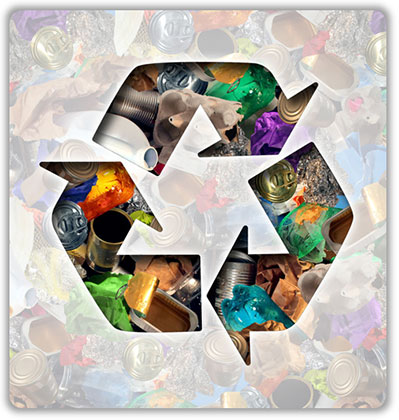
3. Single use plastic: away with disposables?
Some European measures have already drastically reduced the use of plastic bags. These are mainly the light bags you got in the supermarket. As part of the Plastic Strategy, the European Commission launched a directive with stricter rules on disposable plastic, also known as single use plastic or SUP. The aim is to reduce the use of products that we only use once and then throw away. Examples include beverage bottles, bags, straws, balloons, disposable cups and cutlery, etc.
What will this new measure look like in practice?
► A first step is to reduce the use of disposable plastic (by 25% per member state). This can be done by suggesting alternatives to consumers or by no longer offering SUP products for free.
► Member States should take measures so that no less than 90% of single-use plastics are collected separately by 2030. This could be done, for example, with a deposit scheme or an extension of producer responsibility.
► SUP products should have a conspicuous and indelible marking to raise consumer awareness.
4. What can I do as a company?
As a company, it is important to anticipate the new laws and regulations surrounding the circular economy. We list below some points you can already take into account today.
► Use mono-materials for your packaging
This means trying to limit the number of packaging materials to one. This makes both sorting and recycling much easier. For example, you can use paper as a mono-material: a cardboard box, combined with paper padding and a paper tape as closure. For clothing or fashion accessories, in turn, you can use plastic as a mono-material, in the form of a reusable shipping bag, for example.
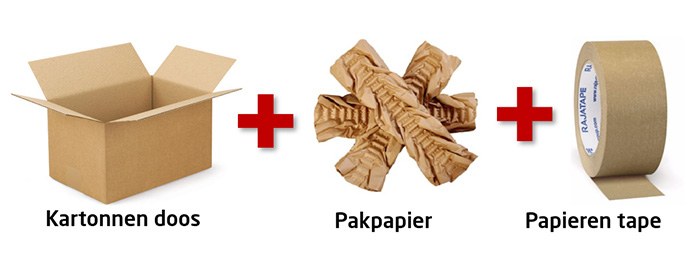
► Encourage recycling and upcycling
Both governments and manufacturers have a role to play in raising consumer awareness. A simple (and cheap) way to do this is to have your box, tape or bag printed with a message. In this way, encourage your customer to recycle the packaging or come up with an original ‘upcycling’ idea. This way, you give your packaging a useful and unexpected second life. A few ideas for your customers: puncture a few holes in the cap of a bottle and you have a plant sprayer. Or make a cardboard box the new home for a cat, rabbit or guinea pig.
► Replace disposable plastic with sustainable alternatives
Offer your customers sustainable alternatives to SUP products. Replace lightweight plastic bags (of less than 50 microns) with sturdier models made of polyester or polypropylene, for example. Unlike a light plastic bag, a polypropylene bag can be reused up to 400 times. Or promote the use of sturdy reusable bottles instead of the disposable variety.
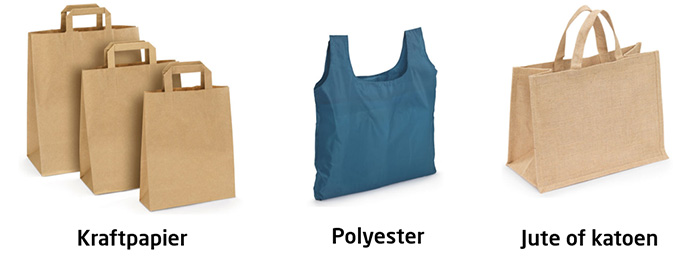
► Opt for smart packaging with less filling material
The closer a package fits around a product, the less cushioning material is still needed. Less cushioning material equals less waste and lower packaging costs. A variable-height box is the ideal solution for this. In this article, you will discover many more advantages of variable-height boxes. If you still need to use filling material, consider cornstarch-based filling chips.
► Reuse your internal waste
Proper disposal starts with yourself. Let’s look at plastic padding… A solid alternative to this is paper padding. However, the prices of paper and cardboard will continue to rise in the future. Rising raw material prices are the biggest reason for this. So it is important to be economical with the paper and cardboard we have available today. With a cardboard perforator, you can easily turn your surplus cardboard into free packaging material. This way, you ensure that your used cardboard gets a useful second life.
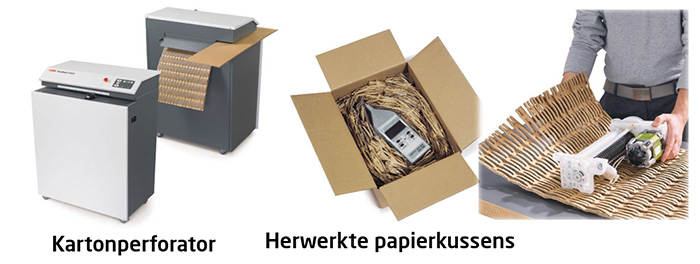
Sources:
1 www.thuiswinkel.org/nieuws/3998/nieuwe-wet-en-regelgeving-bij-het-verpakken-van-producten/
2 www.kidv.nl/7683/european-strategy-for-plastics-in-a-circular-economy.html?ch=DEF











